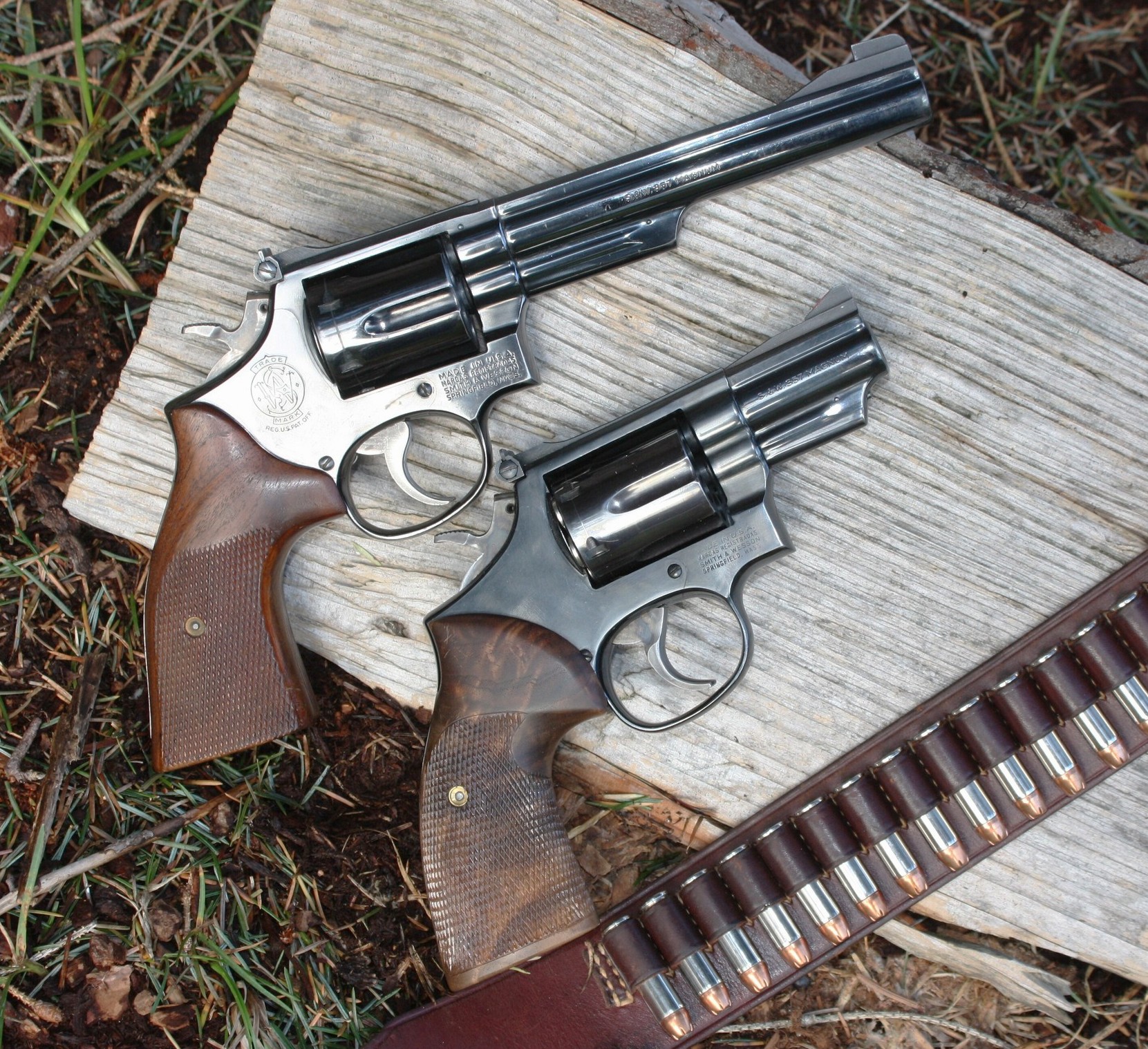
By Dave Workman
Editor-in-Chief
At least a half-century ago, my very first magnum handgun purchase was at the old—and sadly long gone—Warshal’s Sporting Goods in downtown Seattle.
This was an outdoorsman’s store from corner-to-corner, with a firearms department second to none, rugged and useful equipment on every aisle, fishing tackle for salt and freshwater, trophy mounts on the walls and sales clerks who knew what they were talking about. It operated from 1918 to 1995 and was considered a must-stop by sportsmen and women headed north to Alaska, or any genuine points of interest where big fish, big game and big adventure were waiting.
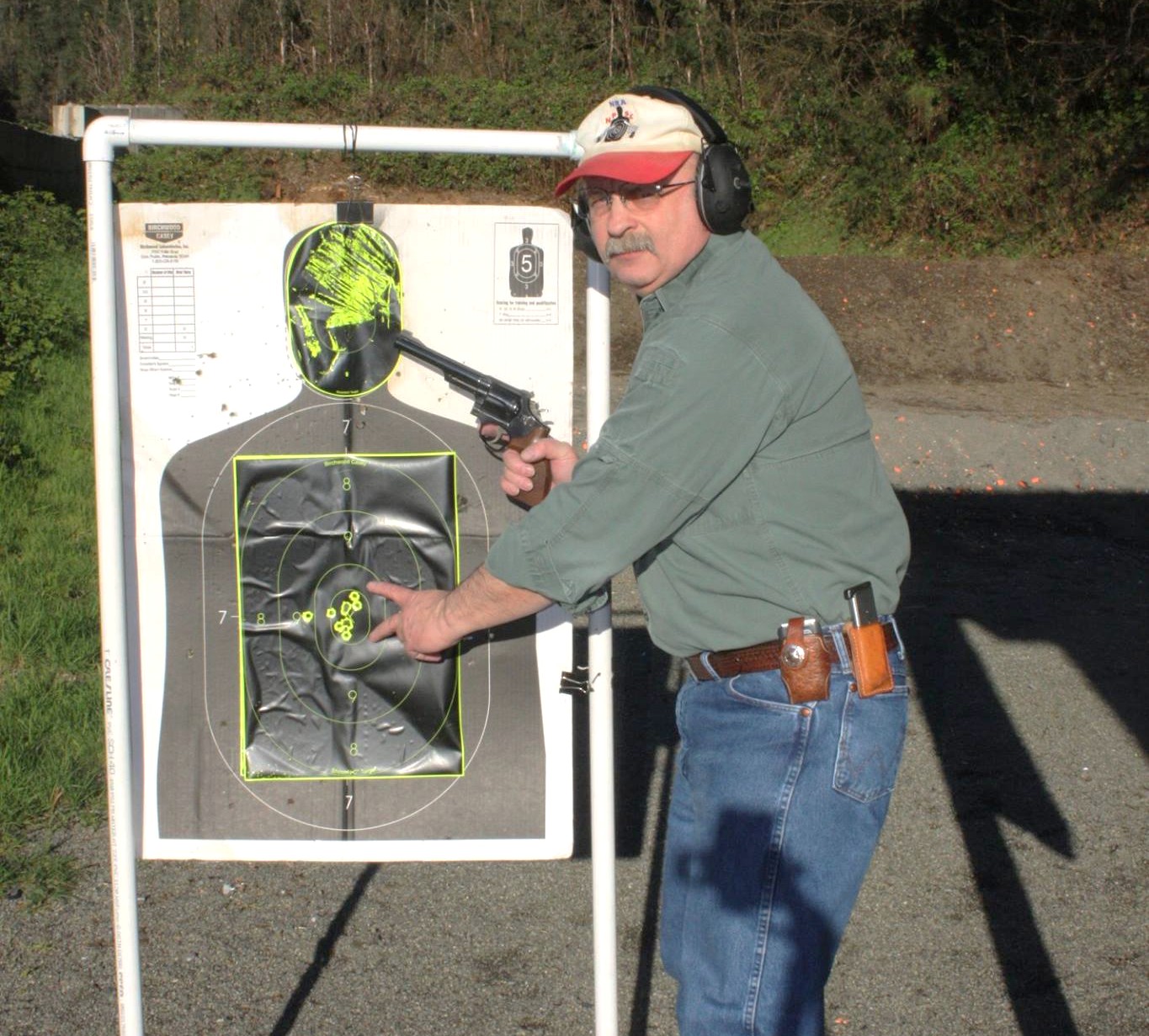
When you walked into Warshal’s, you were in friendly territory in the middle of a city now known for its official animosity for all things related to guns and the Second Amendment.
Those were the days, and it was in this oasis in what has become a desert bereft of common sense where I fixed my eyes on a Model 19 Smith & Wesson with its 6-inch barrel topped by a Patridge front sight, wearing that legendary deep blue finish offset against a handsome set of checkered grips.
“I’d like to take a look at that one,” said my much younger self with a small handful of cash in his pocket.
After a chat with the clerk, down went a bit of money to put this gem on layaway, and having filled out the necessary paperwork, out the door I went and back home to wait for another payday, upon which I would pick up my new sixgun and a couple of boxes of ammunition.
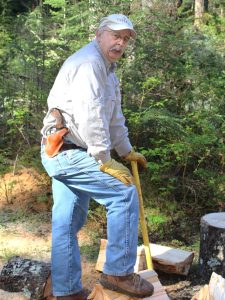
In the trademark blue box holding my .357 Magnum revolver was also a cleaning rod, a small screwdriver for adjusting the rear sight, safety instructions and the promise of years of reliable service.
From then to now, the .357 Magnum cartridge has proven its worth many times over as probably the most versatile of all the magnum handgun cartridges. While that may seem like blasphemy from the keyboard of a fellow known for his fondness of the .41 Magnum, it seems an accurate assessment.
Introduced 90 years ago, in 1935, the .357 Magnum has become an American icon.
After all, the .44 Magnum (a pretender of sorts since it launches a .429-caliber projectile) is too much gun for many people, though it is a superb game stopper in the handgun realm. A .44 Magnum will chamber the renowned .44 Special, which is also no slouch.
The aforementioned .41 Magnum is a terrific, albeit under-appreciated cartridge with something of a cult following. It shoots slightly flatter than the .44 with a bit less recoil, and having killed two species of deer with handguns chambered for the .41, I can attest to its terminal performance.
The bigger magnums—.460 and .500 S&W and .480 Ruger—a are just too much horsepower for average folks. Likewise, the .454 Casull.
So we’re stuck—nay, blessed—with the .357 Magnum for its ability to cover all the bases.

Ballistically, the .357 Magnum can be hell on wheels with the right loads. Crack open any good reloading manual and one finds an abundance of data for this cartridge, which is effective with a variety of propellants and bullet weights and types. You will find loading data for moderate to full-house loads which might range anywhere from 1,000 fps to more than 1,500 fps.
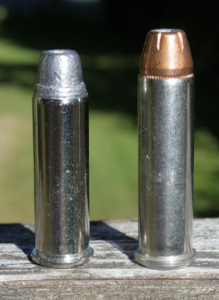
I know a now-retired game cop who put down a big cow elk with a 2½-inch Model 19 many years ago, and there are countless reports of people dispatching black bears, a few grizzlies here and there, mountain lions, and other game.
Some four decades ago, I acquired a 2 ½-inch Model 19 of my own which now goes along on my firewood cutting forays, since where I live is also a region where black bears and cougars are known to roam. A few years ago, a bicycle rider was killed by a mountain lion not far from my place, and about two years ago, another cyclist was attacked and injured by a big cat in the same general area. That cougar was held down by other cyclists using a bike to pin him to the ground until a wildlife officer arrived to shoot him.
As a defensive round, the 125-grain JHP in .357 Magnum is a proven fight stopper, and it is just as effective with heavier or lighter bullet weights. General George S. Patton carried a .357 Magnum with ivory grips as one of his sixguns, and he is known to have referred to it as his “killing gun” if the necessity ever arose, though he is known to have actually dispatched a couple of Pancho Villa’s soldiers with a single-action .45 Colt.
Prior to the shift to semi-auto sidearms, many, if not most, police departments and certainly sheriff’s departments relied on the .357 Magnum for duty, and nobody ever questioned their capabilities in gunfights.
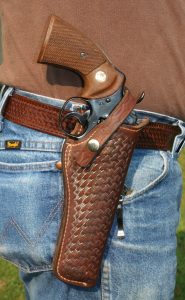
I’ve won a couple of handgun matches at my local gun club years ago using the 6-inch Model 19, loaded with .38 Special SWC ammunition. Indeed, a .357 Magnum revolver can digest .38 Specials all day long, and do it accurately. I’ve managed to bounce tin cans around at 25- to 50 yards with my S&W or a Colt Python, also with a 6-inch barrel.
The round is just that good.
While I used to load up with 125-grain JHPs as my primary load, in recent years I’ve been using 158-grain JHPs over 16.5 grains of H110. Recoil is a little stiff in the Model 19, but entirely manageable, while in the heavier Python it’s fairly comfortable to shoot.
What makes the .357 Magnum such a good choice as an “all-purpose” round is the fact that one can find ammunition for it virtually anywhere. If there are no magnum loads available in a pinch, the .38 Special +P can be a formidable substitute.
The first Ruger Blackhawks were chambered for the .357 Magnum, and since the mid-1950s, I’d venture to guess there have been more single- and double-action revolvers produced in this caliber than any of the others.
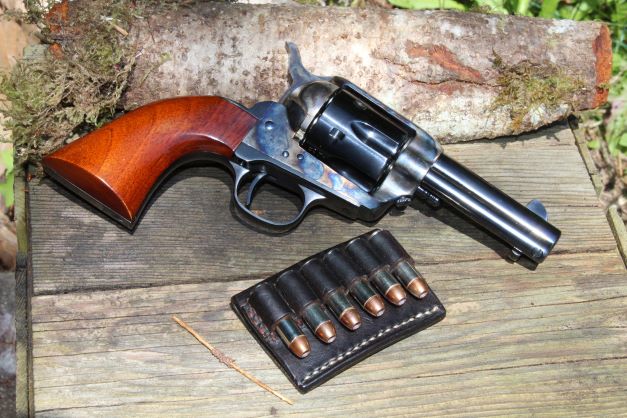
While some folks might not be impressed with revolvers for their perceived lack of firepower, a .357 Magnum capable of holding six, seven or even eight cartridges can be a devastatingly effective defensive sidearm. I know, and interviewed, a guy who fatally shot an armed attacker at a convenience store some years ago, and his gun was a 5-shot J-frame S&W with which he defended himself and the store clerk.
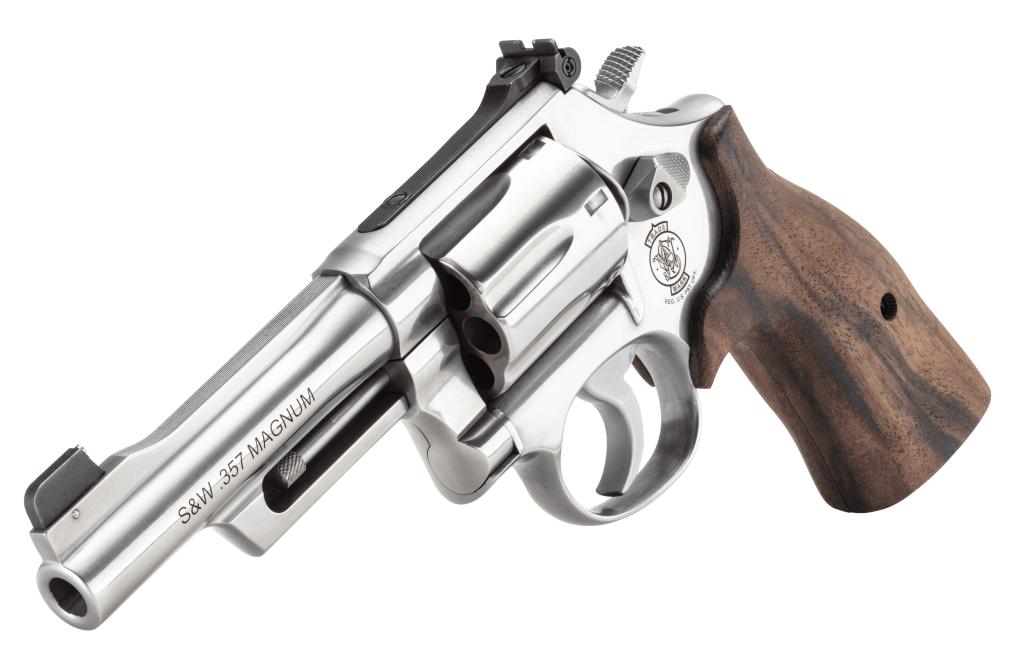
Firepower may seem impressive to many people, and against multiple attackers that makes sense. But solid hits with a .357 Magnum might just be more impressive than several misses with a 9mm semi-auto.
The .357 Magnum is not likely to lose its place in the handgun arena for its ability to meet the challenge, and if one had to get by with just one sidearm in an emergency, a revolver chambered for the .357 Magnum would be the logical choice, in my humble opinion.


